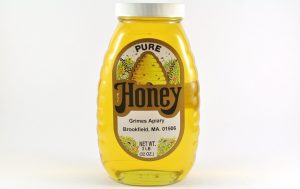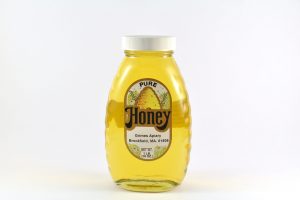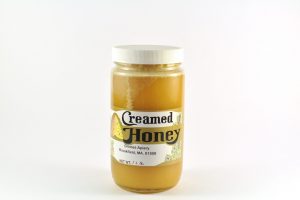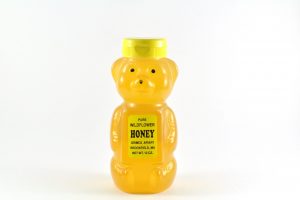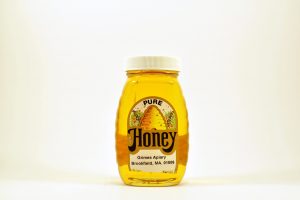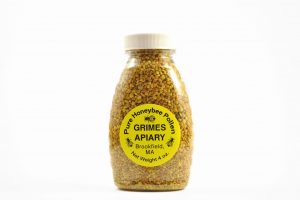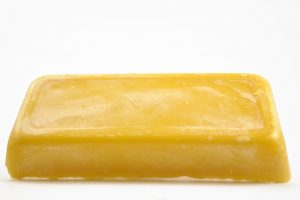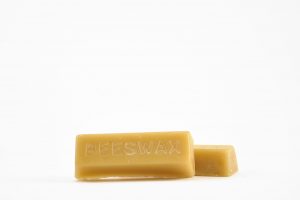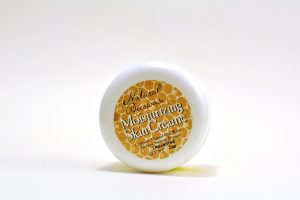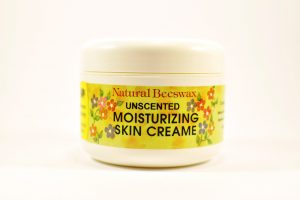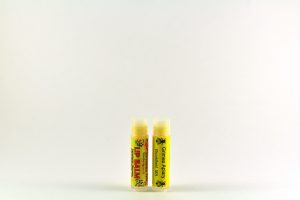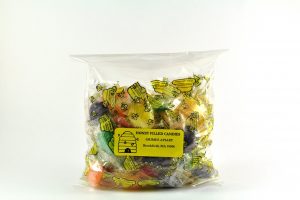Honey
Pollen
Bees collect about 65 lbs of pollen per year per hive. Pollen is the male germ cells produced by all flowering plants for fertilization and plant embryo formation. The Honeybee uses pollen as a food. Pollen is one of the richest and purest natural foods, consisting of up to 35% protein, 10% sugars, carbohydrates, enzymes, minerals, and vitamins A (carotenes), B1 (thiamin), B2 (riboflavin), B3 (nicotinic acid), B5 (panothenic acid), C (ascorbic acid), H (biotin), and R (rutine).
beeswax
Beeswax is secreted from glands and used by the bees to build honey comb. It is used by humans in drugs, lotions, cosmetics, artists materials, furniture polish, wax for snowboards and skis, and of course candles. It takes six pounds of honey to produce one pound of wax.
Honeybees
- Out of Stock
- ½lb Bag Honey Filled Candy
- $5.00
- Read more

